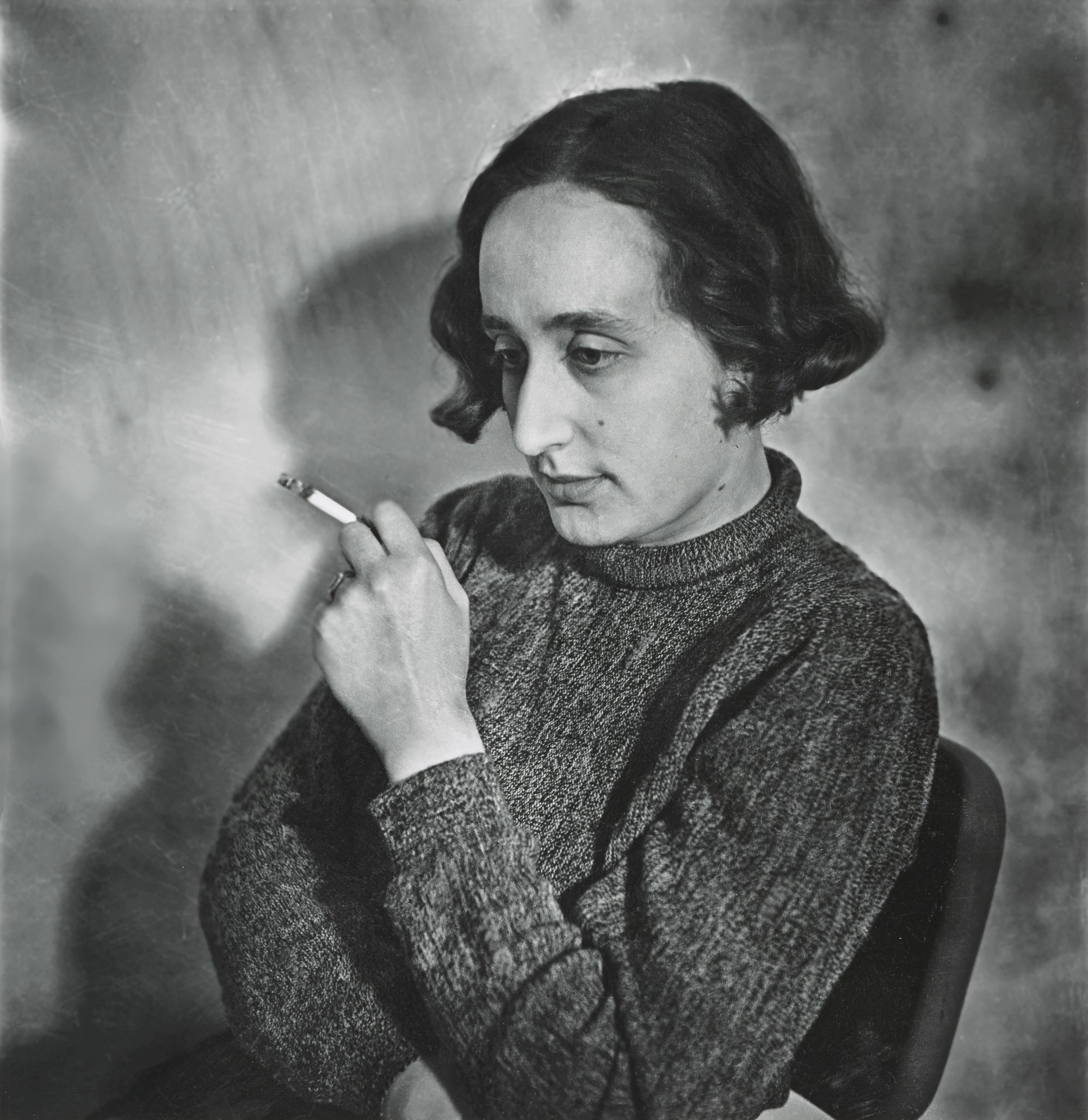
Edith Tudor-Hart—the name sounds like a character from a Graham Greene novel or Hitchcock film. But the real-life photographer, who was born Edith Suschitzky in Vienna in 1908, was actually a Bauhaus-trained artist who used her lens to document working class life amid the rise of Fascism. And she also lead a double life as a spy for the Soviet Union.
It was after she married an English doctor and moved to Britain in the early 1930s that Tudor-Hart performed her most valuable service for the Soviet Union. She was instrumental in recruiting the British intelligence agent Kim Philby to lead the so-called Cambridge Five, a group of British spies working for Russia. Her MI5 file later revealed that she had set up the first meeting between Philby and Arnold Deutsch, another Soviet spy, in London’s Regent Park.
A display of Tudor-Hart’s photographs is now on show at Tate Britain alongside work by her equally talented but less politically driven brother, the photographer and cinematographer Wolfgang Suschitzky.
Edith Tudor-Hart (print by Joanna Kane), Untitled (Demonstration outside the Opera House, Vienna) (about 1930, printed 2013). © Peter Suschitzky, Julia Donat & Misha Donat.
“She was experiencing Fascism and anti-Semitism on a daily basis,” says Kate Bush, Tate’s curator of British photography, noting that Tudor-Hart took huge risks “as a conspicuously young Jewish woman with a camera on the street. But she wasn’t a spy who went photographing things in the Foreign Office. She helped target idealistic young students.”
Although MI5 kept a close watch on Tudor-Hart’s activities, at one point conducting round-the-clock surveillance, they never caught her spying. But she destroyed many of her papers and negatives after the art historian and Cambridge spy Anthony Blunt “rumbled her,” Bush says. “He called her the ‘grandmother of us all.'”
A politically driven idealist, Tudor-Hart—a committed Communist from the age of 15—never took any pay from Moscow and lived a hard life. When magazine commissions dried up, she took portraits of children.
Some of her remarkable documentary images survive, however, thanks to her family, who only learned about her double life decades after her death. “That is why she is so little known and not properly credited as a photographer,” Bush says.
In the end, Tudor-Hart was always driven by a sense of empathy for those who were suffering, just as she has suffered as a child and young girl growing up after World War I in Austria, Bush says. That empathy is apparent in her images of the poor in London’s East End, of Welsh mining valleys, and of child refugees who fled the Spanish Civil War.
See more of her photographs below.
Edith Tudor-Hart (print by Joanna Kane), An Arrest, Vienna (1930–33, printed 2013). © Peter Suschitzky, Julia Donat & Misha Donat.
Edith Tudor-Hart (print by Joanna Kane), First World War Veteran (about 1930, printed 2013). © Peter Suschitzky, Julia Donat & Misha Donat.
Edith Tudor-Hart (print by Joanna Kane), Woman, Vienna (about 1930, printed 2013). © Peter Suschitzky, Julia Donat & Misha Donat.
Edith Tudor-Hart. print by Owen Logan. Unemployed Workers’ Demonstration, Vienna, dated 1932 (printed 2013). Collection of the National Galleries of Scotland, Edinburgh. Presented by Wolfgang Suschitzky 2004. Copyright held jointly by Peter Suschitzky, Julia Donat & Misha Donat.